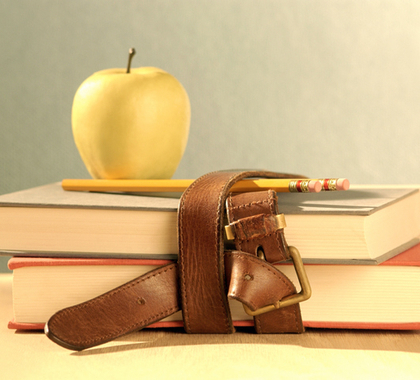Education hiring continues regardless of the number of students.
New data for the 2022-2023 academic year paints a disturbing picture. While students are slowly trickling back into public schools post-COVID-19, the same cannot be said for staffing. The National Center for Education Statistics revealed an increase of 173,000 students in public schools, yet during the same period, a staggering 159,000 employees were hired, including 15,000 additional teachers.
Researcher Chad Aldeman provides specific examples of hiring trends in various districts across the country. He explains that about one-third of these districts added teachers while serving fewer students. For instance, Philadelphia lost nearly 16,000 students but employed 200 more teachers, dropping its student-to-teacher ratio from about 17:1 to under 15:1.
About a quarter of all districts followed the path of California’s Capistrano Unified School District, which lowered its teaching force over time, but not as fast as it lost students. Capistrano suffered a 22% decline in student enrollment but reduced its teaching staff by just 7%.
Another group of districts grew student enrollments, but their teacher count has risen even faster. The Katy Independent School District, near Houston, added 4,299 students last year, a gain of 4.9%. At the same time, it hired 366 teachers, a 6% gain. Over the period, its student body increased by 22% while its teacher count grew by 29%.
But as Aldeman notes, the future is murky, “As districts spend down the last of their federal ESSER (Elementary and Secondary School Emergency Relief ) dollars, they may have to lay off staff or close under-enrolled buildings.”
If teachers must be laid off, the typical union contract stipulates that it must be done by seniority or the “last in, first out” (LIFO) regimen. This industrial style of dealing with a teacher overage is typified by Michigan’s Ann Arbor Public Schools system, where the teacher union contract states that after considering years of experience with the district, if two teachers have equal seniority,the last several digits of a teacher’s Social Security number would be the tiebreaker for a layoff.
Also, a study from Stanford U. found that only 13% to 16% of the teachers laid off in a seniority-based system would also be cut under a system based on teacher effectiveness.
Then, there is the problem of “under-enrolled” schools, for which Chicago is the poster child. At this time, one-third of Chicago’s 473 public schools (CPS) are at less than 50% capacity. Considering that just 20% of 3rd through 8th graders in the Windy City are proficient in reading and only 15% are proficient in math, this is hardly surprising. Also, in 30 Chicago public schools, no student can read at grade level.
Egregiously, the city’s Douglass High School, with only 34 students enrolled, is slated to receive $34 million for renovations.
Why not have these kids go somewhere else? As Ted Dabrowski of Wirepoints maintains, “Already families have abandoned these schools. The question for CPS is, ‘Why are you keeping empty, failing schools open?’ Shut them and use the money elsewhere or give the money back to the taxpayers.”
It’s noteworthy that if one is an equity-driven fanatic, anti-shutdown doggedness does not apply to all schools.





